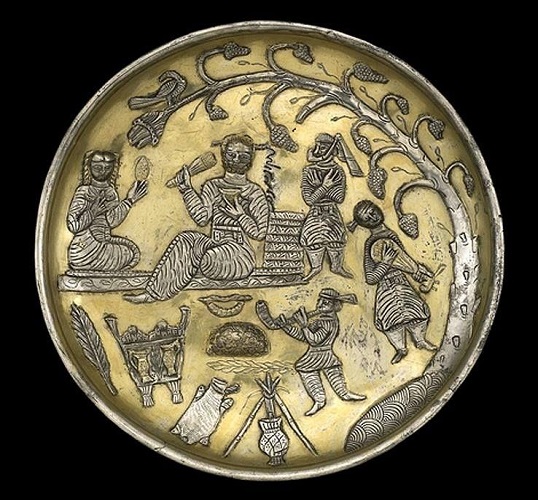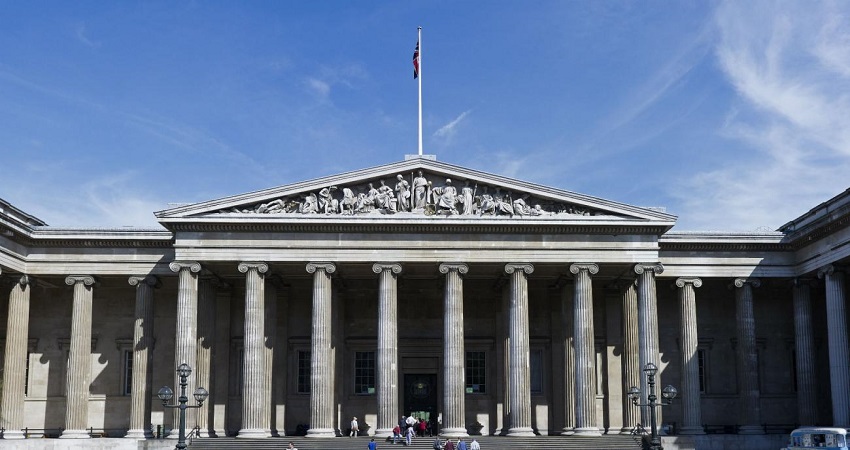British Museum

Pergamon museum
March 8, 2020
Hermitage Museum
March 8, 2020British Museum
The British Museum is one of the best and most prestigious museums in the world, featuring a rich collection of works by various nations. The museum houses more than 7 million treasury and objects from many cultures, nations, and countries around the world from prehistoric times to the present.
The Middle East section of this Museum contains highly valuable antiquities from Iran, Iraq, and other countries in the region. It is said that more than 13,000 ancient Iranian objects are kept in this Museum. most famous Iranian antiquities in this Museum are as follows:
The Cyrus the Great Cylinder
The Cyrus the Great Cylinder is an ancient clay cylinder, now broken into several pieces, on which is written a declaration in Akkadian cuneiform script in the name of Persia’s Achaemenid king Cyrus the Great. It dates back to the 6th century BC and was discovered in the ruins of Babylon in Mesopotamia (modern Iraq) in 1879.
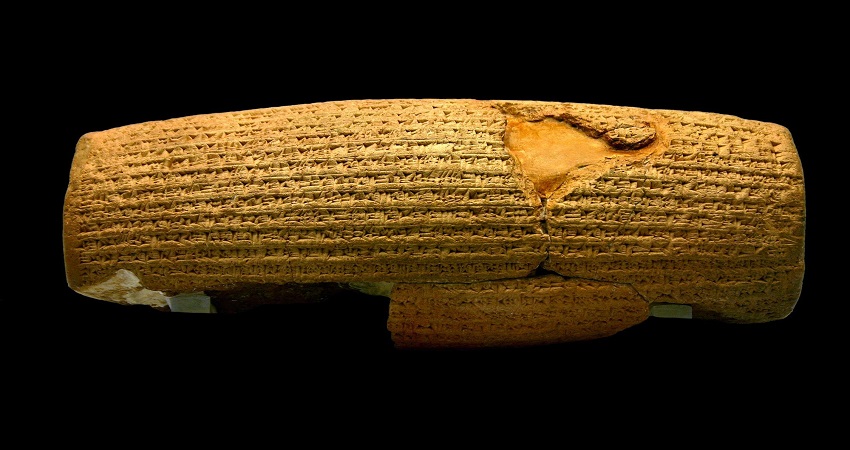
Sasanian Silver vase
Amazing carvings and silver vases are characteristics of the Sassanid era, this vase is discovered in Mazandaran and is kept in the British Museum.
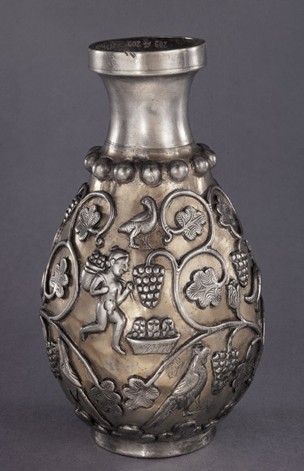
Gold Four-horse
Gold Four-horse Model Chariot from the Oxus Treasure, a Fine Illustration of Achaemenid Goldwork: This chariot dates back to 300 to 500 BC. This work features a four-wheeled chariot with two men in Achaemenid costumes.
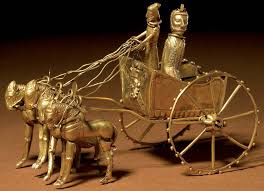
Gold griffin
Gold griffin-headed armlet from the Oxus treasure: This armlet is decorated with a mythical animal consisting of a goat’s horn and body, a bird’s face, and a wing called Homa, and are symmetrically facing each other.
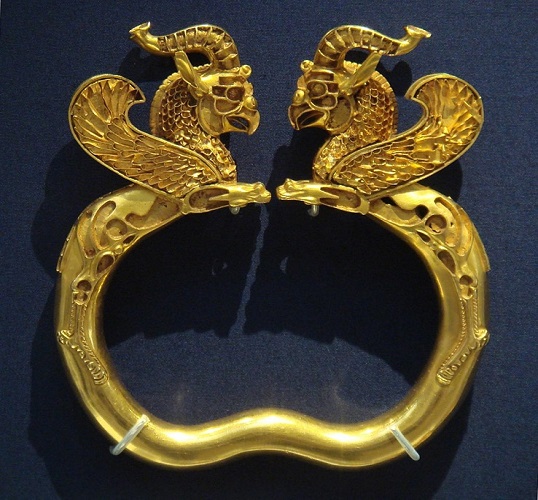
Musicians plate
Musicians’ plate is an ancient plate found in Tabaristan. This golden plate has been designed with silver fabrication. In the picture, the king or a royal man is sitting, drinking, and a group of three musicians is performing live music for the big feast.
